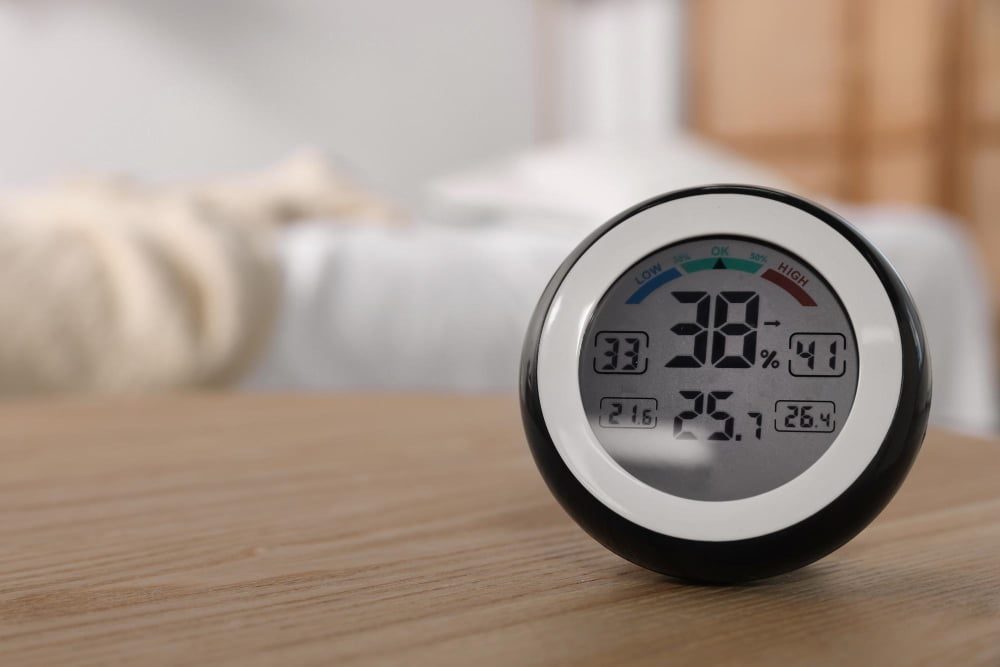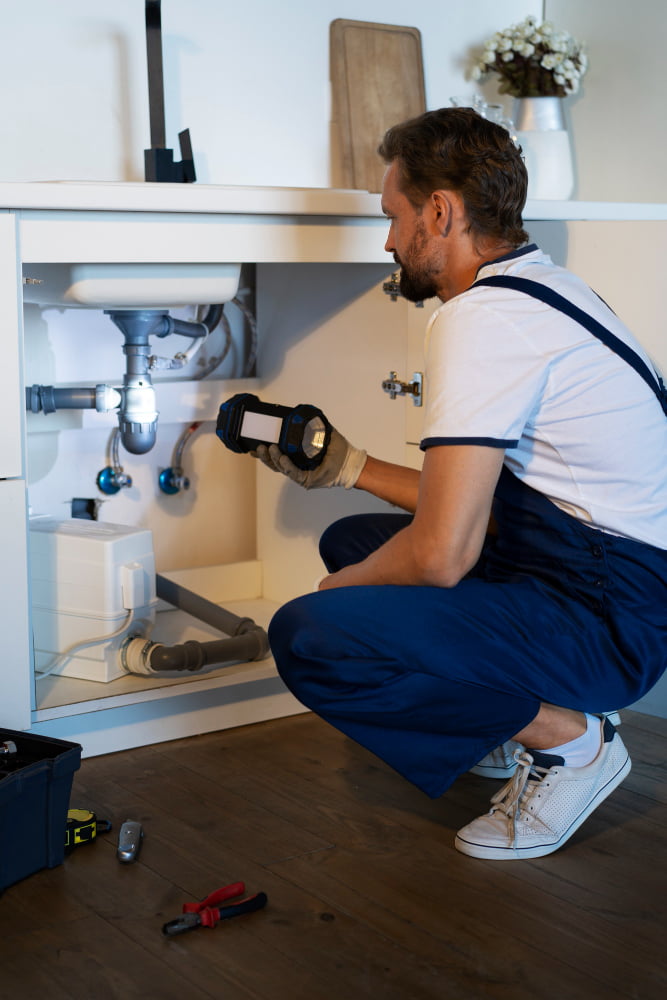Last updated on
Mold is a common problem that many homeowners face, and it can be a real nightmare to deal with. Not only does it look unsightly and emit a musty odor, but it can also pose serious health risks if left unchecked.
Unfortunately, mold growth is not limited to just old or poorly maintained homes – even new and well-maintained houses can fall victim to mold infestations. But what exactly causes mold to grow in our homes? And more importantly, how can we prevent and stop it from spreading?
Here, we will discuss the top reasons why mold is growing in your home and provide you with practical tips on how to tackle this pesky problem. Without further ado, let’s get started.
High Humidity Levels

High humidity levels are one of the primary culprits for mold growth in homes. Humidity refers to the amount of moisture present in the air, and when it exceeds a certain level, it creates a conducive environment for mold to thrive. This is because mold spores require moisture to grow and spread throughout a space. In areas with high humidity, such as bathrooms, kitchens, and basements, mold can grow quickly and easily.
To prevent this, it is important to keep the humidity levels in your home below 50%. You can also contact professional mold remediation services to assess and address any moisture issues in your home. Additionally, using dehumidifiers or increasing ventilation can help control humidity levels and inhibit mold growth.
Poor Ventilation
Poor ventilation is another common reason for mold growth in homes. When there is inadequate airflow, the air becomes stagnant and traps excess moisture, creating a perfect breeding ground for mold. This can happen in poorly ventilated bathrooms, kitchens, and crawl spaces.
To combat this issue, make sure that your home has proper ventilation systems in place. This includes exhaust fans in bathrooms and kitchens, as well as venting clothes dryers outside of the house. Regularly airing out rooms by opening windows can also help improve air circulation and prevent mold from growing.
Water Leaks or Moisture Issues

Water leaks and other moisture issues are a major cause of mold growth in homes. Whether it’s a leaky roof, a burst pipe, or condensation buildup, any source of excess water can lead to mold infestations if left unchecked. It only takes 24-48 hours for mold to start growing in a moist environment, making it crucial to address any leaks or water issues immediately.
Regularly inspect your home for any signs of water damage and fix them promptly. This includes checking for leaks under sinks, around windows and doors, and in the attic or basement. Properly insulating pipes can also help prevent condensation buildup and potential mold growth.
Lack of Proper Insulation
Lack of proper insulation is often overlooked as a cause of mold growth in homes. Insulation plays a critical role in regulating temperature and preventing moisture buildup, both of which can contribute to mold growth. Without adequate insulation, warm air can escape through walls and ceilings, leading to condensation that creates an ideal environment for mold.
To prevent this, make sure your home is properly insulated and seal any gaps or cracks where warm air can escape. This will not only help prevent mold growth but also improve energy efficiency in your home.
Clutter and Darkness
Clutter and darkness may seem like minor factors, but they can contribute to the growth of mold in your home. Cluttered areas provide ample hiding spots for mold to thrive, making it difficult to detect and address. Similarly, dark areas with little air circulation can also harbor mold growth.
To prevent this, regularly declutter your home and keep storage areas organized. This will not only help you identify any potential mold growth but also make it easier for proper ventilation. Additionally, try to let natural light into dark spaces as much as possible and consider using dehumidifiers in these areas.
Neglecting Routine Cleaning and Maintenance
Neglecting routine cleaning and maintenance is a major contributing factor to mold growth in homes. Dust, dirt, and other debris can provide food sources for mold, while neglected areas with moisture issues can quickly become breeding grounds for spores.
To prevent this, make sure to regularly clean and inspect your home for any signs of mold. Pay special attention to areas prone to moisture, such as bathrooms and basements. Additionally, schedule routine maintenance checks for your HVAC system and fix any leaks or issues promptly. This will not only help prevent mold growth but also ensure a healthier and well-maintained home.
Mold growth in homes can be attributed to a variety of factors such as high humidity levels, poor ventilation, water leaks, lack of insulation, clutter and darkness, and neglecting routine cleaning and maintenance. However, by addressing these issues and taking proactive measures to prevent moisture buildup and improve air circulation, we can effectively combat mold growth in our homes.
Remember to regularly inspect and clean your home to keep it mold-free and maintain a healthy living environment for you and your family. So, be proactive in tackling mold growth before it becomes a larger problem. Don’t let mold take over your home – take action now to stop it in its tracks.
Recap:



